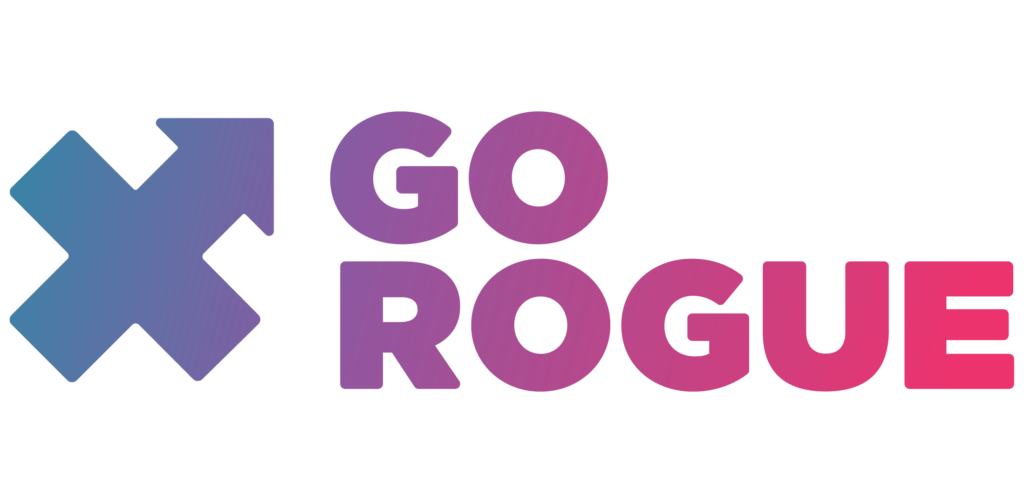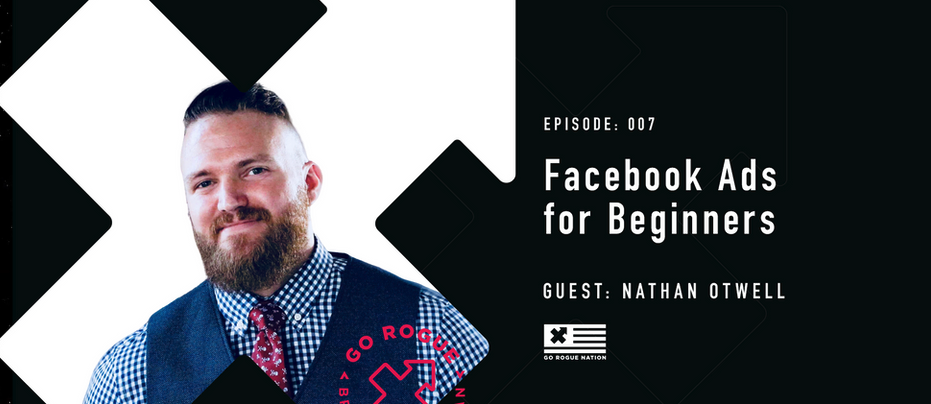Basics of Facebook Ads
In the beginning, Facebook ads had far less restrictions and targeting specific audiences was incredibly easy. Over the years, Facebook has placed more regulations on FB ads requiring users to have more knowledge of the platform and how to successfully implement their ads. With these changes, when you first start out, it is important to start with the basics.
What is a Facebook Pixel?
“The Facebook pixel is an analytics tool that allows you to measure the effectiveness of your advertising by understanding the actions people take on your website.” – Facebook
In short, the pixel is a piece of code that helps track your audience. Facebook is a hub of information and it is important to understand how to use the tools facebook gives, to understand that data correctly. The Pixel is extremely important tool and should be a top priority when setting up your digital presence.
The pixel is essential for many reasons:
- It allows you to track who is interested in your brand or product and retarget them
- It builds an audience that is already interested in your company
- It helps you create a consumer journey that will hopefully lead to actual sales
- It provides valuable information on your target audience
If you do not have a pixel installed on your website. We highly suggest going through Facebook’s guide to install your pixel or taking an online class to understand its proper use.
What is so great about Facebook Ads?
“The General consumer gets on 2-3 platforms a day. If you truly want to effectively market your brand, product, you really need to be on multiple platforms. ”
— NATHAN OTWELL
The General consumer gets on 2-3 platforms a day. If you truly want to effectively market your brand, product, you really need to be on multiple platforms. That is the great thing about Facebook. It owns instagram, allowing you to market toward another popular platform. When you can connect your platforms, it creates a consumer journey. What does that mean? Have you ever hear someone say they felt that a particular ad was following them?
It is! This is a part of meeting your audience where they are and delivering a message they can connect with.
This works like this:
- You look at some basketball shoes online.
- You go to facebook and what do you see….the shoes
- You go to instagram and here is Lebron in the shoes.
- Later you see a video about the shoes on Facebook
- This continues until you become so interested you purchase the shoes.
This is an example of creating a customer journey where customers experience your brand or product on multiple platforms.
“Create the ad to follow the consumer that excites them about the product.”
— NATHAN OTWELL How do I create a good Facebook Ad?
- Decided your audience before creating any graphic or video: It is important to tailor your graphic/video and copy to your audience. Therefore, your first step should always be focused on your audience and the message needed to communicate well with them. Ex: Pete Designs
- You cannot reach everyone: You will waste so much money trying to reach everyone because the reality is that not everyone will be your customer. So reach those that will be. Take the time to narrow down your audience and really think about who you are targeting.
- Get ready to learn: Facebook ads can be deceptively difficult. The more you understand the terminology, the more you can choose the ad that best fits your goals and budget. There are many free and paid courses being offered on Facebook Ads. We highly suggest taking a course or partnering with a digital marketing agency to see the best results from your ads.
- Remember to “Woo” your audience: Once you have your target audience down, it is important to keep them in mind when creating your ad and the copy of your ad. Customers are usually coming onto Facebook for connection and entertainment. Traditional boring ads just simply will not cut it. Remember to connect with your audience and address their pain points.
- Remember the Guidelines: Facebook has incredibly specific guidelines on what can be done within an ad and how you present your ad. Facebook prefers ads with little to no text on the ad itself. You are allowed 20% of the image space for text. You must also be very careful to not discriminate against any audience while constructing your ad copy. Focus on writing about your business and what your service or product does.
- Don’t be afraid to fail: There is a trial and error element to learning exactly what your audience connects with. Don’t be discouraged when one ad does not work. Simply monitor and re-adjust to try again. However, we always suggest education first. Get educated so you know how to re-adjust and are able to accurately determine why your audience was not responding to your specific ad.


